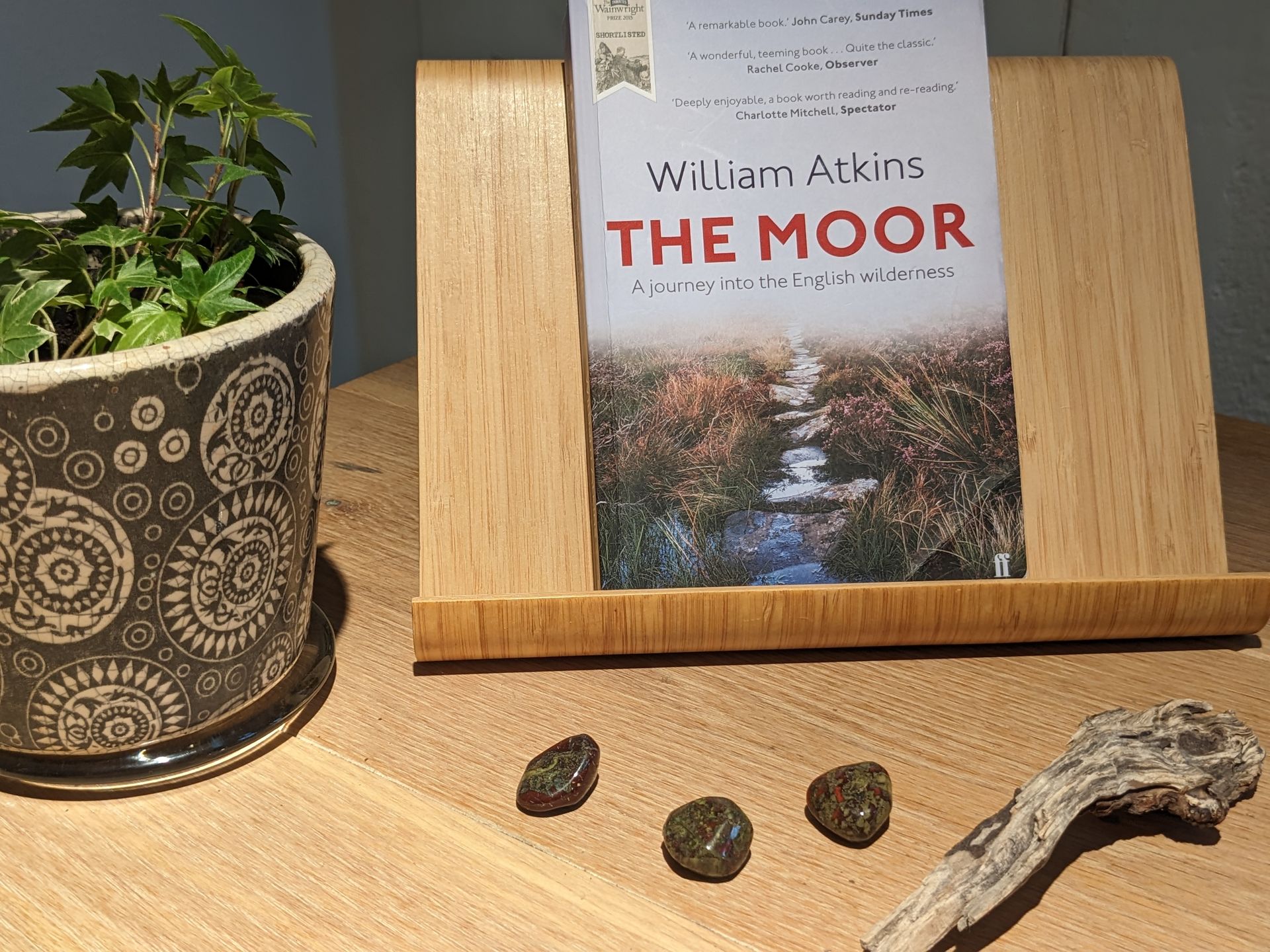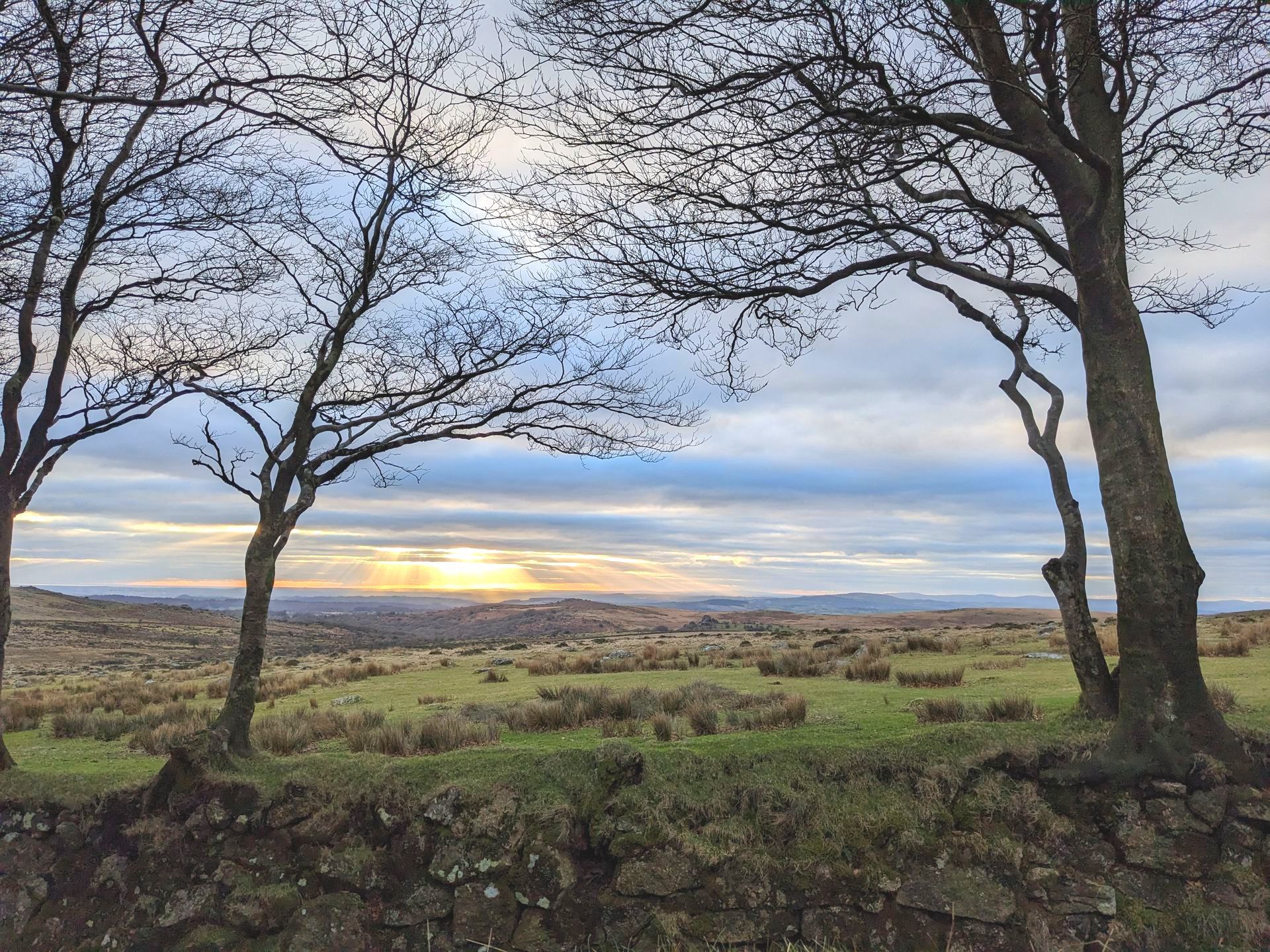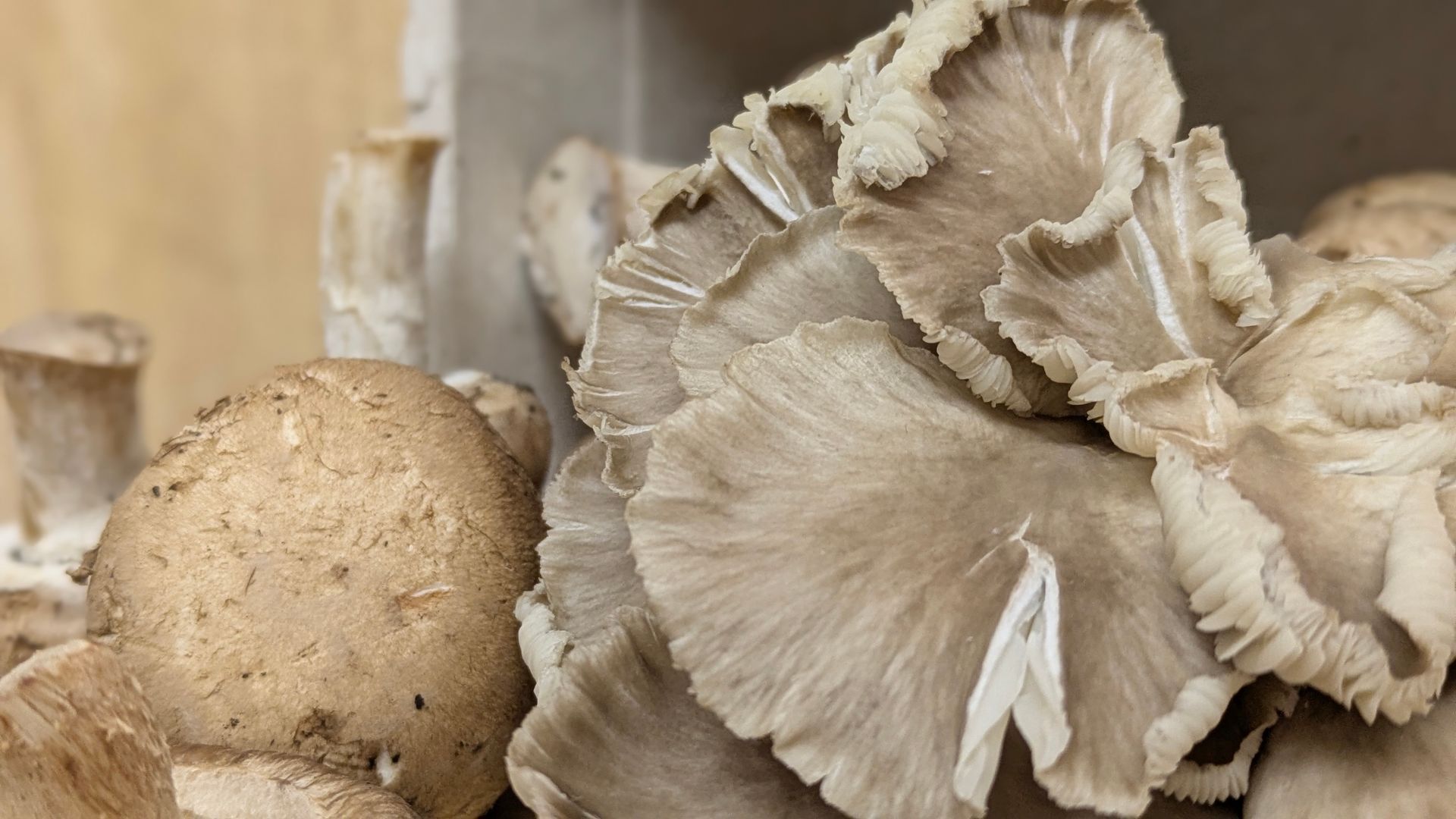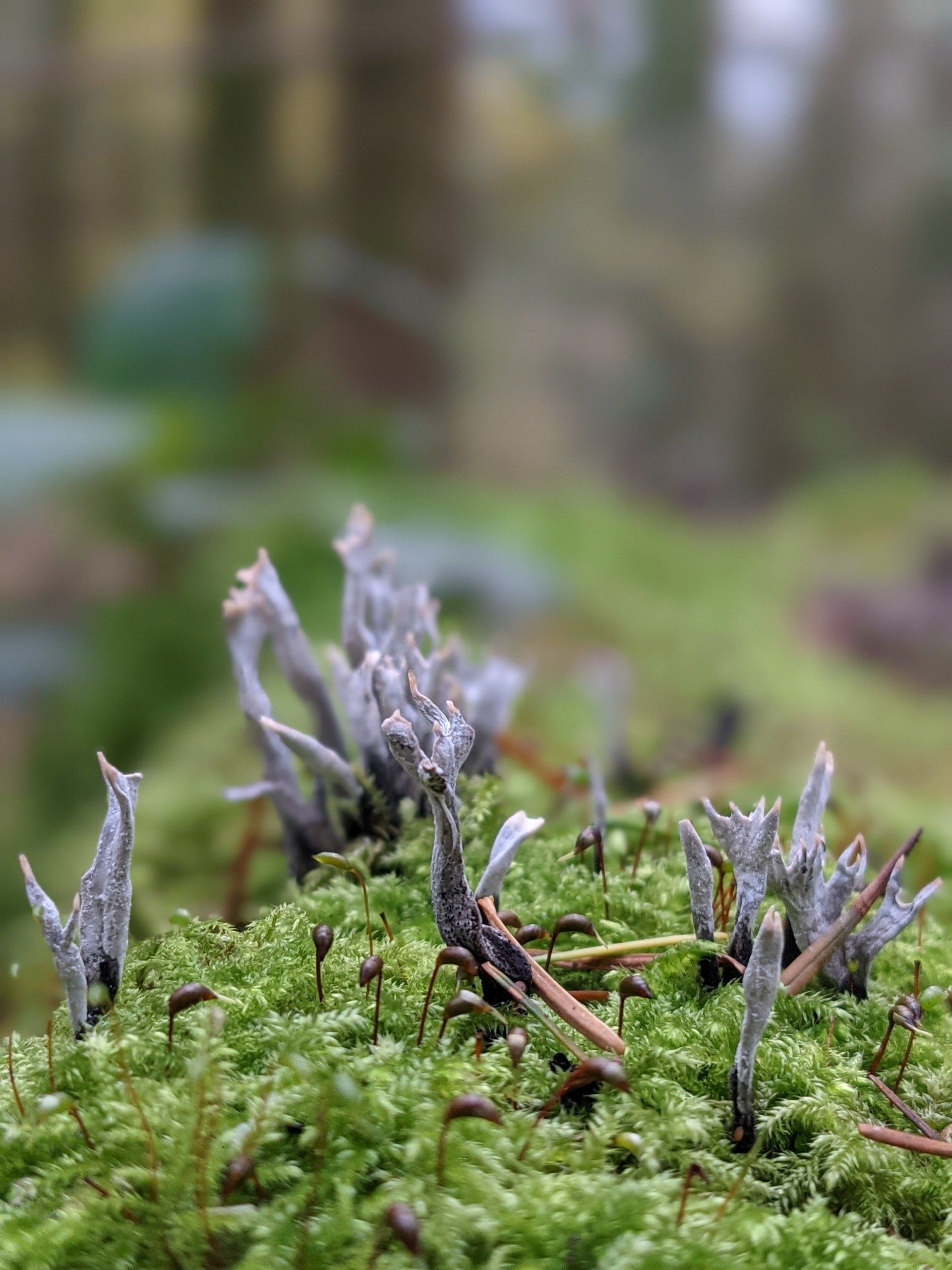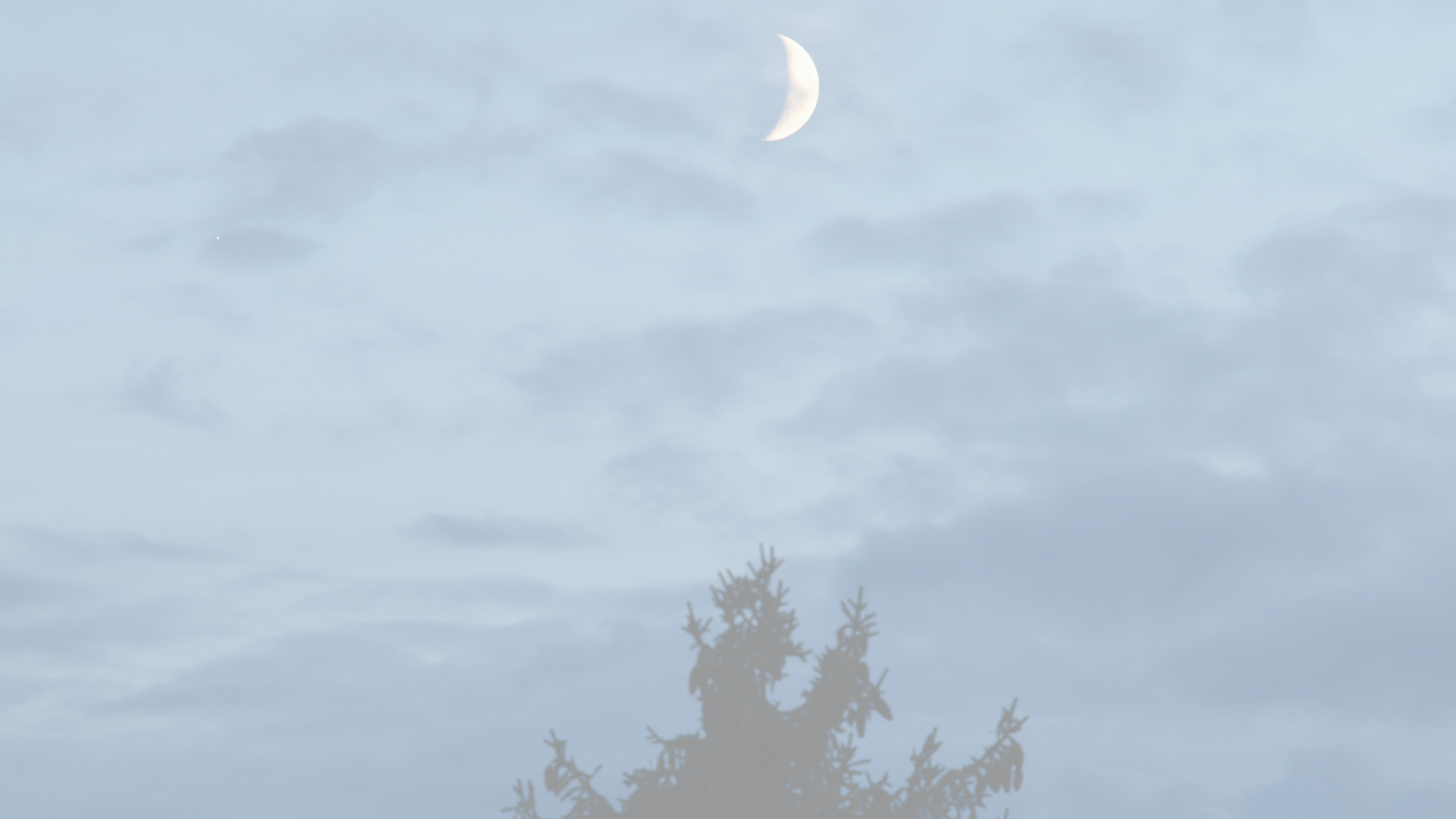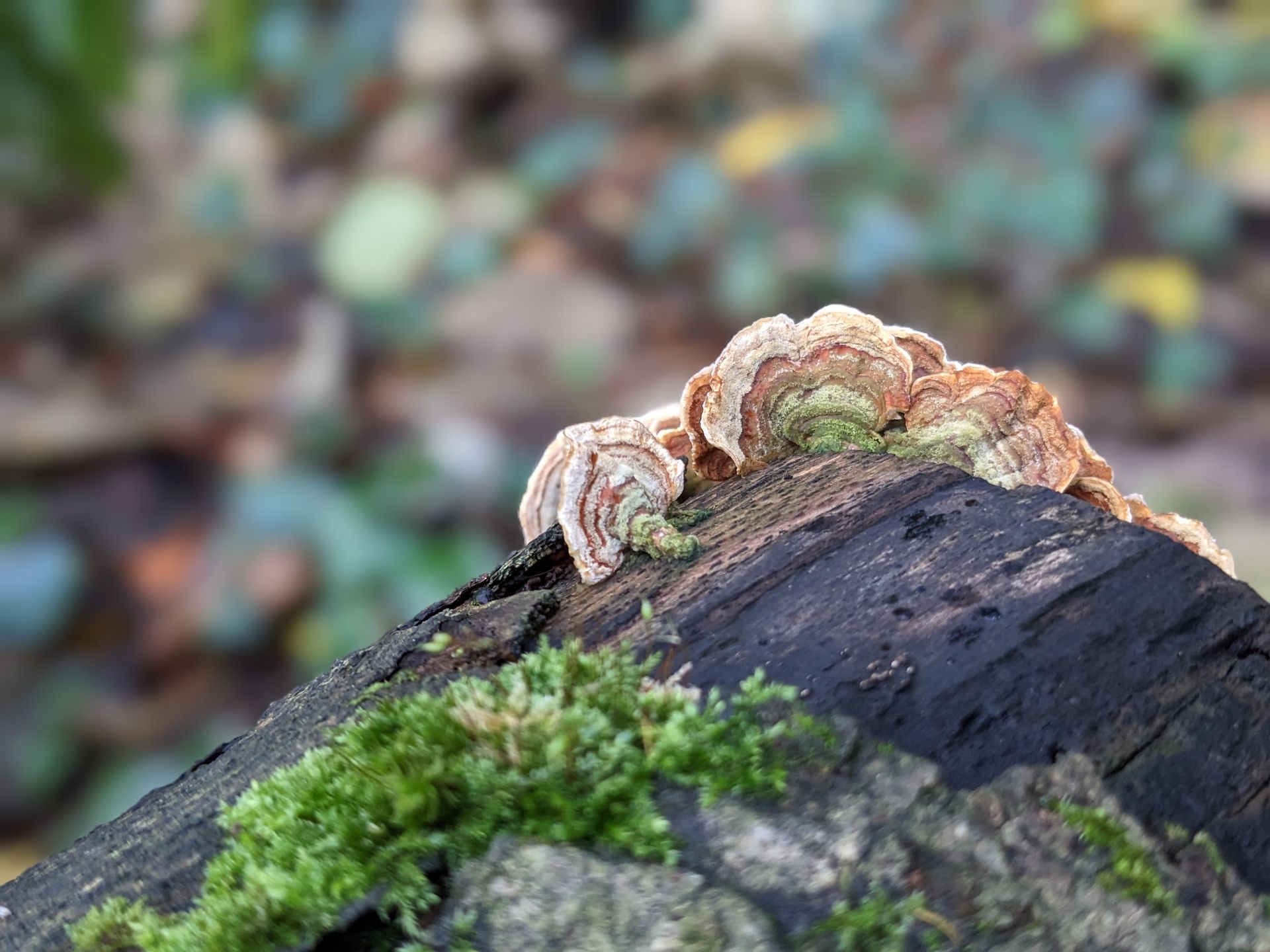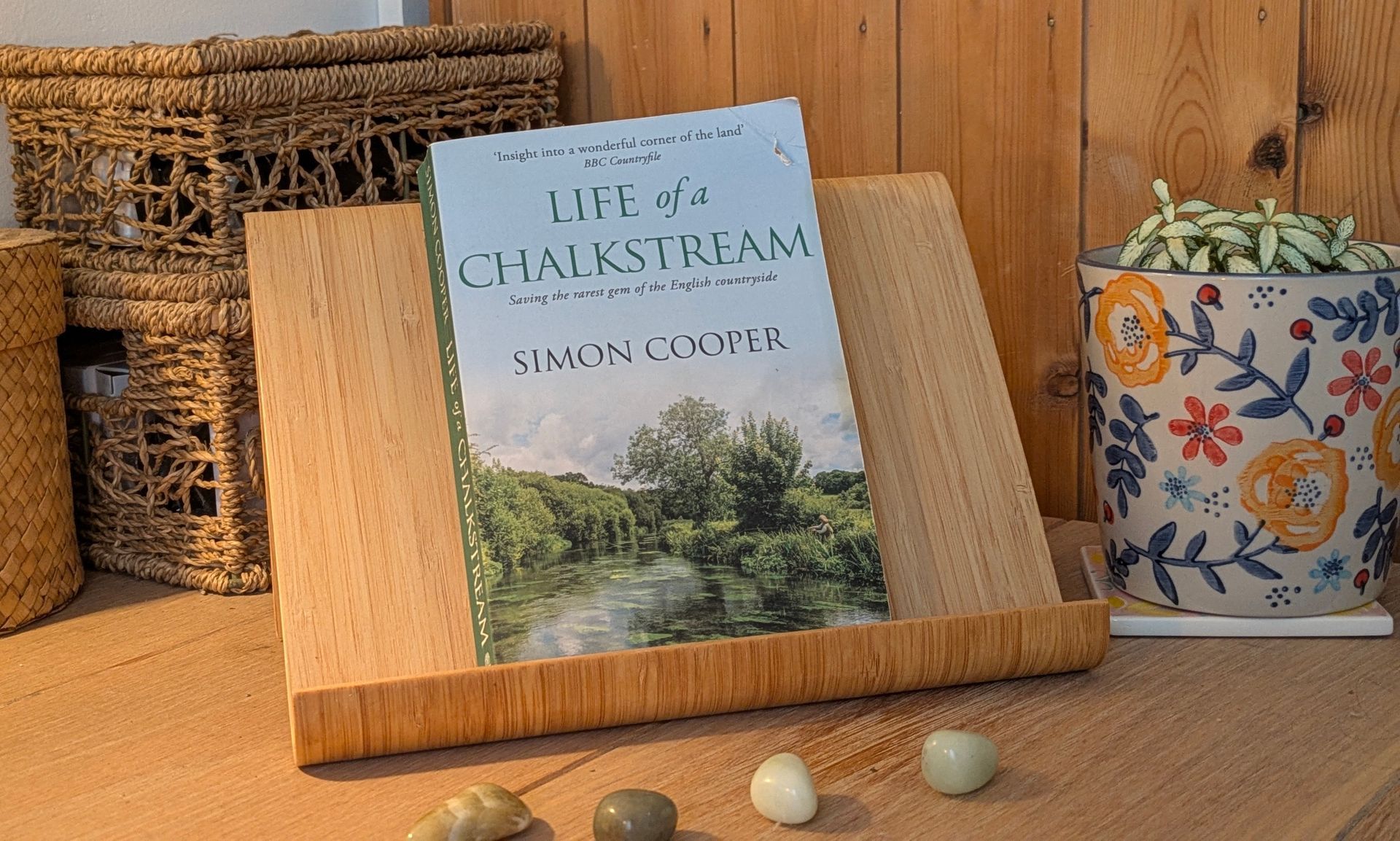The Moor by William Atkins
A book rich in the history, mystery and life of the Moor
This is a book rich in the history, mystery and life lived on the moorlands of England written by art historian and author, William Atkins. William grew up in Hampshire and his love for the Moor began at an early age. He wrote an essay for his GCSE in Geography questioning the future of Bishop's Walthem Moors. His concern for these mysterious landscapes has never wavered and he has explored them all.
True moorland exists only at high altitudes where rainfall is heavy. Moorlands, therefore, are saturated from above as opposed to lower lying Fens which are watered from below. A moorland's magnitude, unlike mountain or canyon, is chiefly lateral, giving us the beautiful vistas of long grasses and ferns, steadily climbing up to the rugged 'clitter' and granite boulders of the striking moorland tors.
'To reach the Moor, you must go uphill, burningly leaving the cultivated fields and broadleaf woodland behind.' The exposed granite upsurges which are characteristic of Bodmin Moor in Cornwall and Dartmoor in Devon are called tors. 'Begin the climb by walking through Gorse at the hill's foot, then russet Bracken and then Moor-Grass and finally 'clitter' - the expanse of boulders that rings the summit of every tor, the interstices packed with Heather and Bracken.'
It is wise to avoid the low soggy grasslands with its tufted tops. These are called 'featherbeds' by local people, identified by bright green grass (or neon Sphangnum) which has become overgrown with darker Rush or yellowish Moss or Cotton Grass. This is excellent advice as noted by Daphne du Maurier in her book, Jamaica Inn, where: 'Mary, newly arrived on the Moor at Jamaica inn, relied on unknown instincts to keep to the paths, stones and fencelines following the sheep.'
When you reach the top of a tor you can see for miles around and get a feel for the moorland landscape. William describes this perfectly when he denotes that 'where the Oaks and Hazels met was the way onto the Moor'. It is true that it can be a hard landscape to cross consisting of mostly purple Moorgrass, Tussock Sedge and Rush. A pale, rough, uncultivated place where the soil is acid and the springs that rise up are chalk-based or alcaline.
This mixture of acid and alcaline conditions means that the Moor supports not only acid-loving plants such as Orchids and wild Heather, but also chalk species such as Cowslips and Milkwort, that grow alongside them. The subtle hues and tones of the Moor are breathtaking and something I never tire of on my walks on Dartmoor. Throughout the seasons, I am taken in by the earthy tones with splashes of yellow gorse, purple heather or red Rowan Tree berries, depending on the time of year.
'Try to name its colours and you will exhaust yourself. Beyond the white-grey of moss-spotted clitter; the Moor sank through chartreuse slopes, down to the dulled emerald intake of Penhale Farm, to a motley lowland of pale lime dashed with tawny and dun and fawn, and then the intricate tapestry of purple Moor Grass, Cotton-Grass, Mat-Grass, Healther, Moss and Lichens; chamois, bronze, taupe, walnut - a hannaed mouldering, rusting vastness shot with saffron, carmine and topaz, with swathes of reflectivity that shimmered'.
The weather on Dartmoor, as in all moorland areas, is unpredictable, turning from bright sunshine to fast incoming mist in seconds. It's always important to know where you are and where to find safe passage (often along routes taken by animals if you are off the main pathways). As William correctly describes, 'the wind is an assault - in bracken it sang rich and loud, in the grass it was piping, between the boulders a hollow roar - it was a thousand voices in one.'
Moorlands started out as mountains seething with magma, cooled and hardened into granite with the softer mantle worn away. Bodmin Moor and Dartmoor are underlain with granite which is a course stone known as 'clitter' - the courser rocks at the edge of the Moor where granite meets slate, and where the previous minerals of copper, tin, lead and wolfram can be found.
Living close to the fringes of Dartmoor, the granite tors are etched on the horizon around me. I have spent many hours walking across its wild expanse and always the mystery and wildness of the Moor beckons. It's history recalls many myths, lengends and ghost stories re-told over hearth fires and bonfires, representing an intricate part of the lives of those who love the Moor.
Such is the mystery of the Moor with its evocative and intense energy that serves to provide calm, solace, awe and invigoration whenever you have the opportunity to visit.
Sue Cartwright
Spiral Leaf
Buy the book!
Purchase a copy of this wonderful book by clicking through to the Spiral Leaf affiliate bookshop.
The Moor by William Atkins
Thank you for sharing!
for you, for me and for Mother Nature
Latest Posts
All Posts

